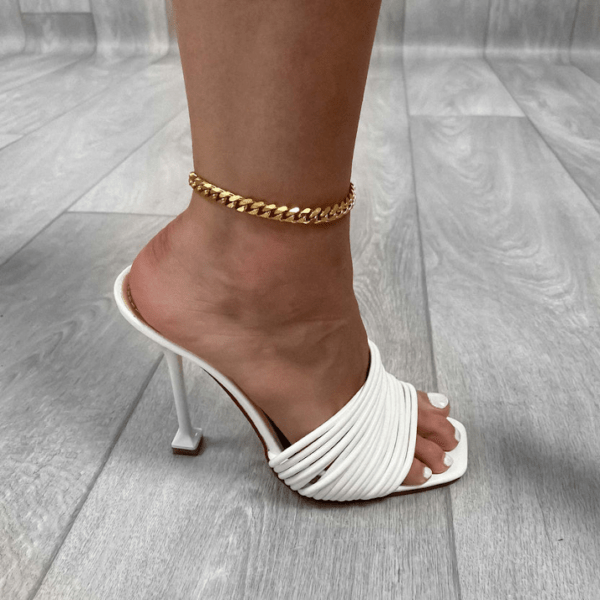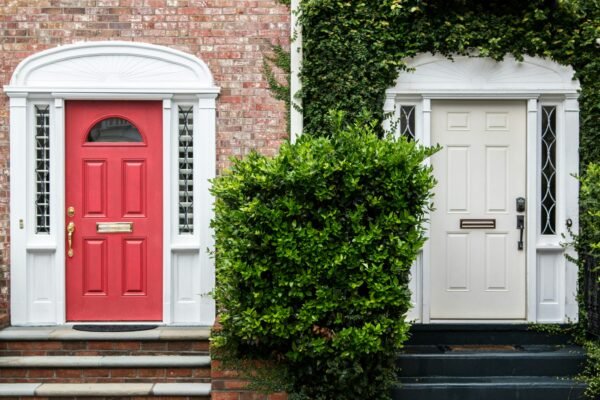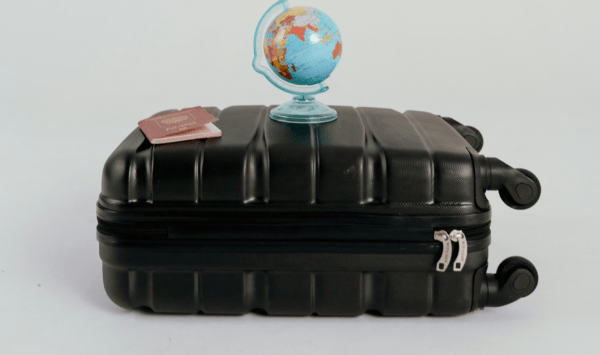
The Beginner’s Guide to Home Repairs – Understanding the Bits and Pieces of DIY

Before you dive into your next home do-it-yourself project, it’s crucial to understand the variety of materials and tools that will ensure that all of your hard work and DIY endeavours are successful and safe. From selecting the right type of screws to knowing when to use bolts or other fixings, mastering these elements is fundamental to enhancing your home’s functionality and aesthetic appeal.
Your approach to home repairs can greatly influence the outcome, so starting with a solid foundation of knowledge is key. Learning about the different types of screws, bolts, and fixings available can help you make informed choices that align with the specific requirements of your project. This initial step not only prepares you for the tasks ahead but also builds confidence as you tackle various home improvements, whether you’re fixing a squeaky door or building a new piece of furniture.
Choosing the Right Tools for the Job
When you set out to tackle DIY projects around your home, having the right tools at your disposal is as critical as possessing the know-how. For most home repairs and improvements, a basic tool kit equipped with a range of screwdrivers, a hammer, a tape measure, and a spirit level will serve your needs. However, for more intricate tasks involving screws and fixings, specific tools like power drills and adjustable wrenches might be necessary. These tools not only make the job easier but also ensure that everything fits perfectly and holds securely.
In addition to standard hand tools, consider investing in a good quality electric screwdriver and a set of drill bits of various sizes. For projects that require precision, such as assembling flat-pack furniture or installing kitchen cabinets, these tools are invaluable. A well-chosen tool kit not only saves time but also prevents damage to the materials you’re working with, ensuring a cleaner, more professional finish to your projects.
The Many Types of Screws and Their Uses
Screws are indispensable in DIY projects, yet many find it challenging to select the appropriate type for a specific job. Screws come in various lengths, materials, and head types, each suited to different tasks. For instance, wood screws are designed with sharp tips and coarse threads to grip into wooden surfaces effectively, while metal screws, often made from tougher materials like steel, feature finer threads and are used in metalwork.
The choice of screw head is also important. Flat or countersunk heads are ideal when a smooth finish is required, as they can be driven flush with the surface. In contrast, rounded heads are better for projects where the screw needs to sit above the material. By understanding these differences, you can enhance the structural integrity and appearance of your projects. Selecting the right screws ensures that your DIY efforts are robust, lasting, and aesthetically pleasing.
How to Store and Maintain Your Screws and Fixings
Proper storage and maintenance of your screws and fixings can greatly extend their lifespan and ensure they’re ready for use whenever you embark on a new project. It’s advisable to keep your screws, bolts, and other fixings in a well-organised toolbox or a set of clearly labelled compartments. This not only helps in quickly finding the right size and type of fixing needed but also protects them from moisture and corrosion, which are common in metal products.
For those looking to replenish their stock or perhaps upgrade their existing collection of fixings, consider shopping at a reputable supplier that offers a wide variety of screws and fixings. Choosing a trusted source ensures that you obtain high-quality materials that won’t fail in the midst of a project. Regularly checking your inventory for rust or damage and replacing any compromised items is also crucial. This maintenance routine keeps your fixings in prime condition, ready for whatever task comes next in your home improvement ventures.
An Overview of Fixings – Anchors, Plugs, and More!
In the world of DIY and home repairs, the term ‘fixings’ encompasses a broad range of hardware used to secure materials together or to a substrate, like a wall or a frame. Among these, anchors and plugs stand out as crucial for tasks where screws alone are not sufficient. Wall anchors are especially valuable when you need to hang heavy objects on plasterboard or other hollow walls. They expand behind the surface after insertion, providing a firm hold that supports substantial weight without damaging the wall.
Plugs, on the other hand, are often used in masonry to help screws grip into materials like brick or concrete. When a screw is driven into a plug, it expands, locking the screw in place securely. This method is particularly effective for outdoor projects or in areas where structural integrity is paramount. For those in Lynchburg looking for expert assistance with such masonry needs, Ware Masonry is a masonry contractor Lynchburg. Knowing when and how to use these fixings can greatly improve the stability and durability of your DIY projects, ensuring that whatever you mount or assemble will stand the test of time and usage.
Using Screws and Bolts in Your DIY Projects
When beginning any project that involves screws and bolts, it’s essential to select the right type and size for the job, which will prevent material damage and ensure a strong hold. Start by determining the load the screw or bolt needs to support. For heavier loads, bolts might be preferable due to their robustness and the fact that they can be secured with nuts for added strength.
Once you have chosen the appropriate fasteners, mark the points where they will be placed. Drilling pilot holes is a crucial next step, particularly in hardwood or when working with bolts. These pre-drilled holes should be slightly smaller than the diameter of the screw or bolt, ensuring a tight fit. Drive the screws or bolts in carefully, making sure not to over-tighten them, as this can strip the threads or split the material. With careful planning and execution, your fixings will provide a secure and lasting hold.
Common Mistakes to Avoid in DIY Home Repair
One frequent error in DIY home repair is using inappropriate materials or fixings for the specific conditions of the project. For instance, employing non-weather-resistant screws in outdoor environments can lead to rapid deterioration and failure of the fixings due to rust. It’s crucial to match the materials to their intended use and environmental conditions. Additionally, many DIYers underestimate the importance of using the correct fixings, such as screws, bolts, and nails, tailored to the materials they are joining.
Another common oversight is the improper preparation of surfaces before beginning work. Ensuring that surfaces are clean, dry, and free of debris is vital for the adherence of any fixings. Skipping this step can compromise the structural integrity of the project. Rushing through measurements and cutting corners can lead to poor outcomes. Taking your time to measure accurately and double-check your work can make a significant difference in the success of your DIY endeavours, leading to results that are not only more aesthetically pleasing but also more durable.
With a clearer understanding of the types of screws, bolts, and fixings available, along with the right tools and techniques for using them, you’re well-equipped to tackle a variety of home repair projects confidently and successfully. Remember, the key to any successful DIY project lies in careful planning and preparation. Choosing the correct fasteners and employing them properly ensures not only the functionality but also the longevity of your repairs and installations.
Keeping your workspace organised and your materials in prime condition will help streamline your projects and reduce frustration. Whether you’re a seasoned DIY enthusiast or just starting out, these insights will aid in achieving professional-quality results right in your own home. Armed with this knowledge, you’re ready to enhance your living space, one project at a time.













































